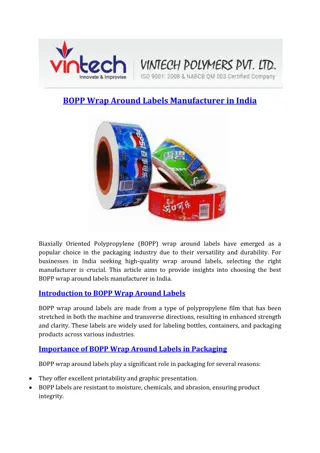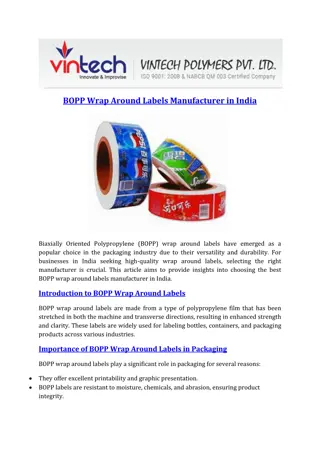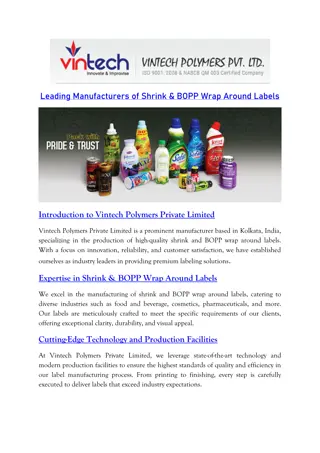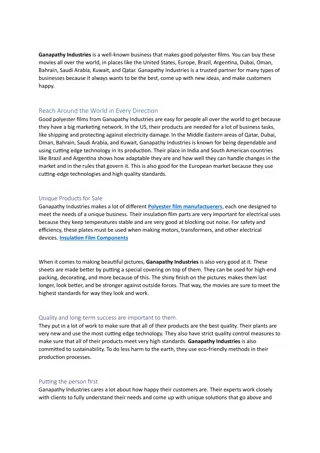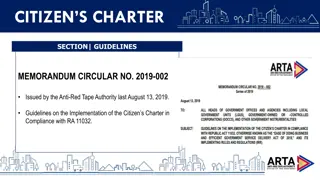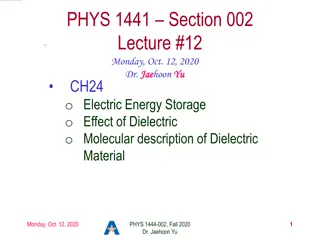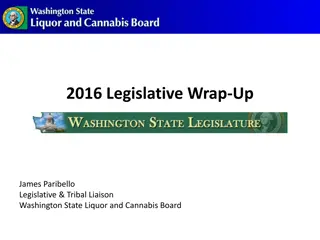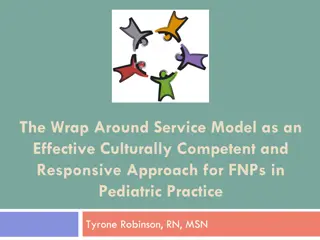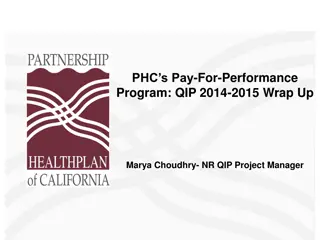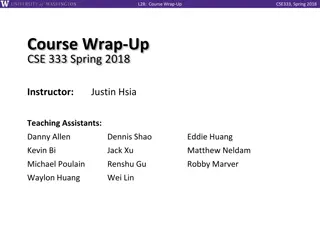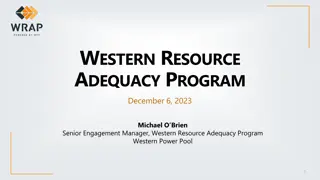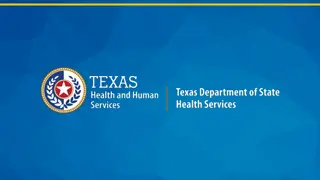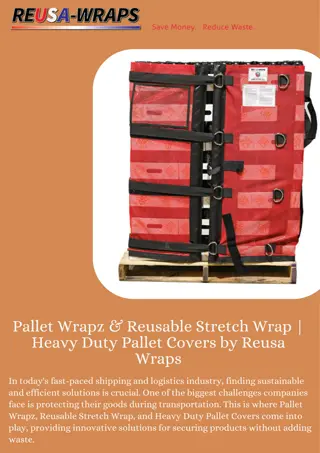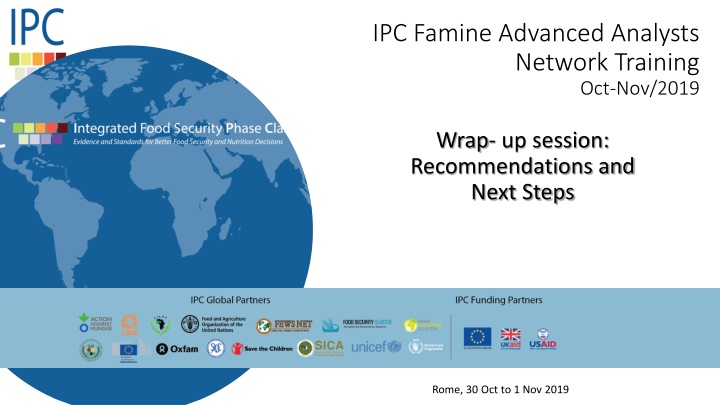
Key Insights from IPC Famine Analysts Training Session
Gain valuable insights on famine analysis and communications strategies from the IPC Famine Analysts Network Training session. Explore key observations on definitions, data collection practices, communication tactics, consensus building, and qualitative data usage in famine contexts.
Uploaded on | 0 Views
Download Presentation

Please find below an Image/Link to download the presentation.
The content on the website is provided AS IS for your information and personal use only. It may not be sold, licensed, or shared on other websites without obtaining consent from the author. If you encounter any issues during the download, it is possible that the publisher has removed the file from their server.
You are allowed to download the files provided on this website for personal or commercial use, subject to the condition that they are used lawfully. All files are the property of their respective owners.
The content on the website is provided AS IS for your information and personal use only. It may not be sold, licensed, or shared on other websites without obtaining consent from the author.
E N D
Presentation Transcript
IPC Famine Advanced Analysts Network Training Oct-Nov/2019 Wrap- up session: Recommendations and Next Steps Rome, 30 Oct to 1 Nov 2019
Meeting Objectives Participants will have advanced skills to conduct complex Famine analysis The next steps and overall coordination of the IPC Famine Advanced Analyst Network are discussed
Some Key Observations On conceptions and definitions of famine Definitions are deeply local and specific. Destitution and movement are fundamental to conceptions of famine. In the end, famine is the picture in our mind, not the data. On analysis For famine, it s the overall Analysis which is the strongest argument, not one indicator or another. One indicator does not tell the whole story. Success stories/Best Practices on data collection and analysis in famine/potential famine areas: o Tweaking the Unit of analysis o S.Sudan: SMART surveys o Somalia: heavy emphasis on training o Shift from paper to tablet based data collection. Data in Yemen did not allow for cross checks or re-analysis because collection was paper-based.
Some Key Observations On Communications Educate the media, anticipate the misinterpretations There is a need to provide a clear, compelling narrative How to clearly communicate Famine, Famine Likely, and Catastrophe? Don t highlight deaths, highlight numbers in need and seriousness of the situation Tailor briefings to stakeholder needs Stronger messaging around phase 4. HCT presentation on IPC before/during/after analyses so that all agencies are on the same page when they speak to the media
Some Key Observations On Consensus Building Try to have bulletproof data and highly accredited experts on board before declaration, including MSF and ICRC. What does consensus really mean? What do we do with disagreements? Public consensus vs. real consensus We need a category which embraces the ambiguity, when we can t say one way or the other. Option to phase things more as risk of Consensus doesn t stop when the analysis is released- need to think more of post-analysis consensus In famine classification, consensus with agencies in the field not part of AT should also be considered [Socialize the findings/data/results
Some Key Observations On Qualitative Data There is a need for a fuller explanation of use of qualitative data in famine contexts. There is a need to move away from pure data, to rely more on focus groups, qualitiative data and impressions. Explain to me what famine looks like in this area. What are the linguistic terms used? What has the history been? There is a need to draw up a desk review tool (or similar) to help situate a famine in the historical and social context of the area. Equally, a visual/more general guide to what famine looks like may also be useful, cf. the President of Niger s statement. IPC protocols give you the tools to classify a famine, but even if the IPC s standards are not met, that does not mean that you should not continue to analyze, and work up as best a famine classification as you can.
Some Key Observations On Qualitative Data Don t force outcome evidence, rather better understand famine qualitative There is a need for a fuller explanation of use of qualitative data in famine contexts. There is a need to move away from quantitative data, to rely more on focus groups, qualitative data and impressions. Explain to me what famine looks like in this area. What are the linguistic terms used? What has the history been? (previous experience, voices from the elders, etc) There is a need to draw up a desk review tool (or similar) to help situate a famine in the historical and social context of the area. Equally, a visual/more general guide to what famine looks like may also be useful, cf. the President of Niger s statement. IPC protocols give you the tools to classify a famine, but even if the IPC s standards are not met, that does not mean that you should not continue to analyze, and work up as best a famine classification as you can.
Some Key Observations On Existing Data applied in the IPC For food security indicators, which are self-reported, there is a need for a way to corroborate, such as via a observational checklist or similar. There is a need to provide analysts with a set of rules of thumb for confirming face validity o What data is startling enough that it calls into question the entire data set (i.e 8% oedema)? o What are the key things to look for in GAM, SAM, MAM (i.e. SAM> MAM?) o What do lots of zeros mean? [n.b. this is underway within GSU for food sec]:
Some Key Observations On livelihoods and coping What does exhausted mean in protracted situations, such as Yemen or Syria? How to we record/analyze extreme coping measures, like cooking on burning plastic, or joining rebel groups to survive? There is a need to provide some sort of individual weighting to coping mechanisms, to understand both the sequence and implications of exhausting a particular mechanism. Identify edge lines in protracted crises: migration in conflict situations may be due to a range of factors, of which hunger/famine is only one (cf. S.Sudan). On Inference Extrapolation over space can be used to infer between areas which have similar livelihood zones Extrapolation should not result in a different classification from the original area. Cannot infer from areas with access to areas with no access Basis for inference is heavily locally contingent: i.e. market data in S.Sudan has limited predictive value.
Some Key Observations On Humanitarian Food Assistance Clarify the guidance on mapping protocols vs. inclusion in the Analysis On famine in Areas w/ No access It s a mistake to assume that because access is poor, conditions are necessarily poor in inaccessible areas (Shabab, ISIS). Need to finalize guidelines on reasonable length of journey vs. place of origin.
So. Priorities Going Forward?
thank you! IPC Global Partners IPC Global Partners With the support of With the support of


